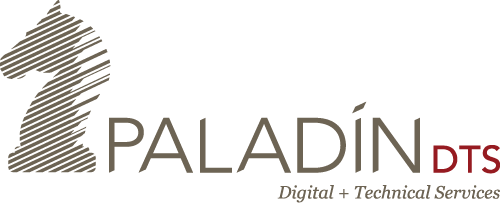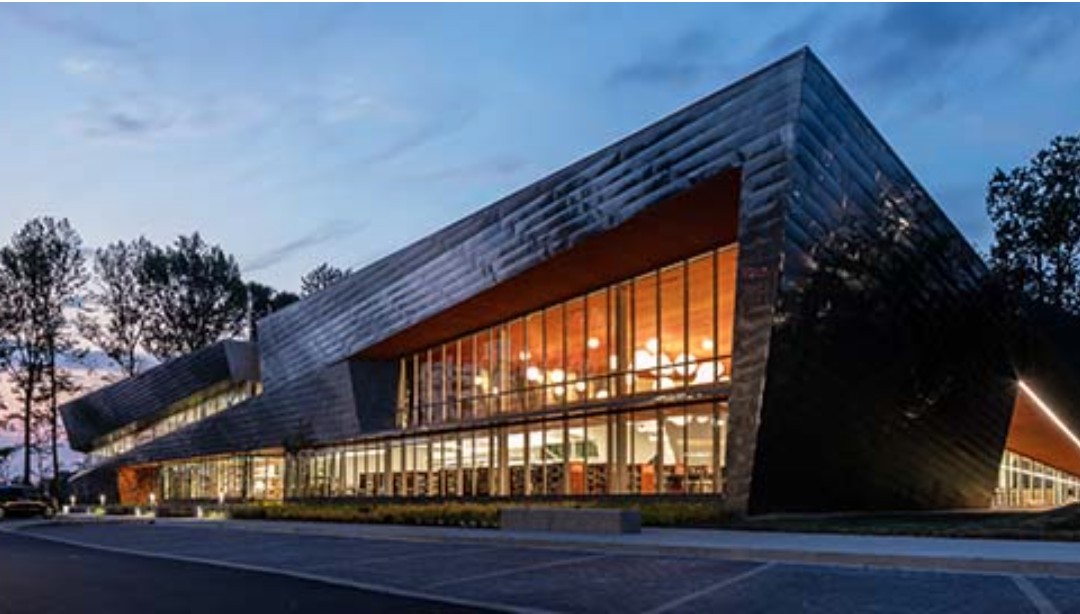Commissioning playing a key role in the libraries of today
By Kelsey Leslie, PE, Paladin, Inc.
Despite the transformational power of digital media, a surprising number of new libraries have earned the right to repeat the sentiment attributed to Mark Twain, “The rumours of my death have been greatly exaggerated?” Although the answer to most questions can be found on the Internet, brick and mortar libraries are holding their own thanks to a wave of innovations, strong community support and refinements courtesy of the commissioning discipline.
For example, patrons of Kentucky’s new Louisville Free Public Libraries can search catalogues and turn pages in a series of branches that have come online since 2012 with help of my employer, Paladin Inc. In four branches across the city, our distinctive level of commissioning can be seen in enhanced comfort, improved energy efficiency and reduced operating costs.
Ten years ago, the Louisville Metro Government issued a Master Plan that included a commitment to a first-class library system that would meet basic state education standards, achieve parity in access between urban and suburban areas, and incorporate advanced technology to reduce operating costs.
The new libraries feature more than just rows of shelved books and magazines—they offer collaborative and independent work stations for a variety of patrons. There are program/meeting rooms, interactive children’s stations, study spaces and reading rooms, and even maker’s labs for creative art classes. There are also ample computer and technology resources available for use in the teenager space or for checkout in the adult collection space.
To manage costs and represent the shared values of the Louisville community, each of the new libraries is LEED certified with a range of mechanical features and electrical systems designed for maximum efficiency. They include a number of sustainable and resilient design elements including: geothermal wellfields, green roofs, LED lighting, semi-permeable parking lot surfaces, and low-flow plumbing fixtures. The air distribution for heating and cooling is located under the floor of the main library spaces, which allows for open, high ceilings that enhance the aesthetics of the space as they maximize daylight. The LED light fixtures even save energy by dimming to ideal lighting levels based on the amount of available daylight. In a word, the building is practically alive.
This creates something of a Disney-esque effect, with all operations happening beyond the view of the patrons. The mechanical mezzanines house the equipment and the underfloor system minimizes the ‘distraction’ of HVAC hardware like ductwork, diffusers and grilles. As a result, the space feels wide open and fresh, even as key services like library cataloguing, administration and maintenance remain hidden.
These facilities are welcome additions to the neighborhoods they serve. The interiors, as originally intended by the Master Plan, feel like a cultural icon in each neighborhood. The architect for Louisville’s South Central Library cited origami as inspiration for the interior wall and ceiling angles. I’m not sure what creature he was folding when inspiration struck, but I’d liken the journey of discovery to the endlessly circuitous shape of a Mobius strip (pictures don’t do it justice).
Since the facilities opened, Paladin has made follow-up visits to recheck corrective actions and perform seasonal and warranty testing. Each time, we have seen full parking lots as the libraries engage local residents in a variety of ways—hosting events ranging from the mayor’s state of the city address to afterschool homework and tutoring sessions. These vibrant spaces are updating the way libraries function and redefining the mutual benefits of community engagement. They prove that these gathering places can not only convey knowledge, but also encourage the kind of face-to-face interactions made rare by our Internet-driven lives.
No matter how sophisticated the systems get, Cx professionals and the companies that love them will continue to influence the fulfillment of libraries’ age-old imperative to gather for in-person interaction and a uniquely hands-on experience.

